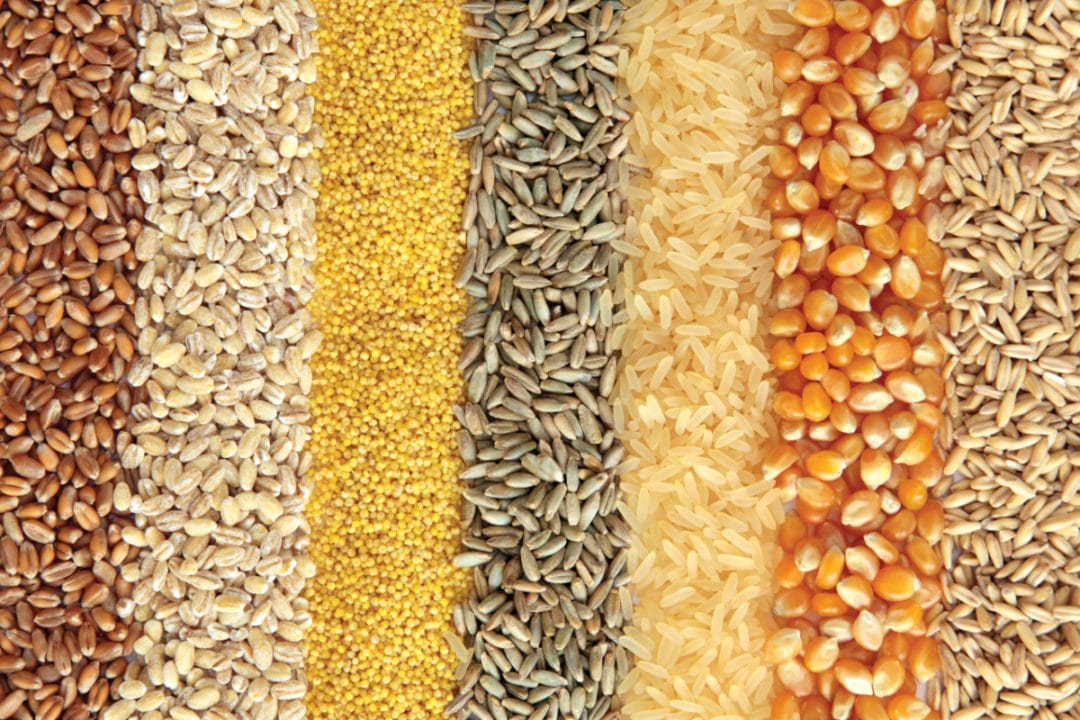Moisture Control Of Feed Ingredients In The Animal Pellet Feed Production Process
The moisture content of animal pellet feed is a very important quality indicator, which directly affects the quality of pellet feed and the economic benefits of animal feed production enterprises. Effective control of it is one of the key technologies to ensure the quality and safety of feed products.

The moisture content of animal pellet feed is a very important quality indicator, which directly affects the quality of pellet feed and the economic benefits of feed enterprises. Effective control of it is one of the key technologies to ensure the quality and safety of feed products. If the moisture content exceeds the prescribed standard, pellet feed is prone to mold and deterioration, which is not conducive to storage, and will relatively reduce the nutrient content; but if the product moisture content is too low, it will cause unnecessary losses to the enterprise, and the height will be uneven.
The moisture content also causes the instability of product quality and affects the product's brand reputation. In the process of animal feed processing, proper moisture content is conducive to pelleting, reducing energy consumption and improving production. Therefore, in the compound feed production process, in order to make the production more smoothly, with lower energy consumption, smoother and more uniform particles, and the final product meets the specified moisture content standard, it is necessary to control the moisture in the whole production process.
Moisture control is to comprehensively control various factors according to different conditions during the entire production process, so that the final moisture content of the product reaches the producer's expected goal. The main factors that affect the final moisture content of the feed product are: the moisture content of the feed material itself, the moisture change in the crushing stage, the amount of liquid added in the mixing stage, the moisture content of steam, the level of tempering, the size and thickness of the die hole of the die, The air volume and drying time of the cooler, packaging quality management, the influence of different climate and environmental factors, etc.
Today we will talk about moisture control of animal feed ingredients:
(1) The key to moisture control in the raw material receiving process is to accurately detect the moisture content in the raw material sample
Sampling must represent the overall situation of the entire batch of raw materials. Samples are taken according to the sampling standards to prevent leakage. At the same time, the moisture level of the raw materials is sensed during sampling. To ensure the accuracy of the raw material moisture detection process, in order to reduce the error, two or three parallel samples can be tested, and the average value is taken as the detection value.
(2) Do a good job in the management and storage of water-absorbing raw materials (rice bran, wheat bran, etc.)
It is not necessary to purchase too much water-absorbable raw materials at one time, and avoid stacking against the wall, pay attention to warehouse management, moisture-proof, and prevent moisture from entering the warehouse in humid weather. The raw materials should be fed in according to the amount of raw materials under normal production conditions, and the raw materials out of the warehouse shall follow the principle of "first in, first out" to shorten the inventory period of raw materials as much as possible. After testing, the cotton rapeseed meal with a moisture content of more than 10% in the warehouse will lose about 1% moisture after six months of storage.
If you want to built one complete pellet production line in your country, pls send the inquiry to us. We will customized design according to your requirement.



